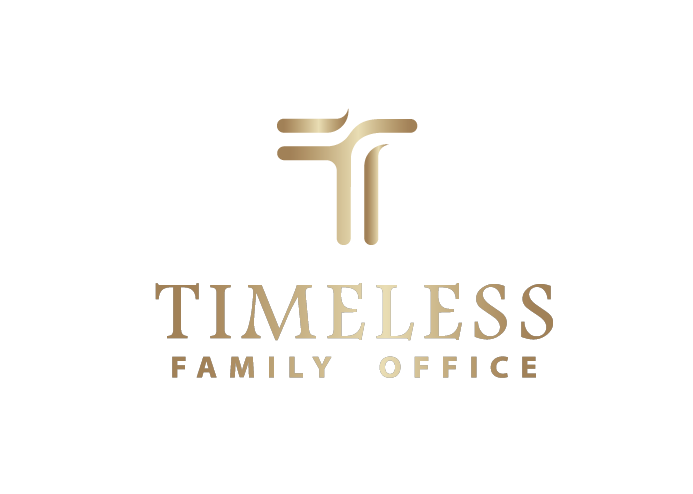FAMILY
INTRODUCTION

A family office is a company or bank-related department that specializes in providing financial services to high-net-worth families or individuals, and the family maintains decision-making power. In order to avoid too high operating costs for a single family, family offices usually provide related services to other families. And that’s how single-family offices become multi-family offices.
BENEFITS
Governance and Management Structure
Deal with family wealth transparently to avoid conflict. The management of wealth is unified into a single entity controlled by the family, which ensures its confidentiality.
Separation of Family Wealth and Business Wealth
Realize the separation of wealth or surplus held by family business and family.
Handle Family Affairs with Centralized Management
Integration of professional services, including philanthropy, taxation, and property planning, to complete the family’s mission.
Consistency of Interests
Ensure that the interests of the financial adviser and the family are fully coordinated.
Comprehensive Risk Management
Integrate operational links, such as risk and performance management and reporting, to assist consultants and clients in making more effective decisions.
SERVICE
CONTENT

Financial Planning
Investment Management Services Charity Management Life Management and Budgeting

Strategy
Training and Education Heritage and Wealth Inheritance Business and Financial Advisory

Governance
Administrative Services Succession Planning Report and Record

Consultation
Risk Management and Insurance Services Compliance and Supervision Assist in Tax and Legal Advice
WHY CHOOSE MFO
(MULTI FAMILY OFFICES)
Most family offices are commercial-based, and they also sell services to other families. Over time, a single-family office will become a multi-family office. This transformation is usually due to the successful operation of a single-family office which resulted in the active entry of other families. With the help of the multi-family office structure, it is easier to achieve economies of scale, prompting some families to accept other families into their family office structure.
Setup Cost
An ecosystem is formed by combining single-family offices, financing and legal services etc., and even assists family offices to reduce operating costs by 60 to 70 percent with the help of resource sharing.
Internal and External Conflicts
Establish appropriate benchmarks, monitoring and compensation mechanisms for internal and external asset managers to ensure that incentive measures do not deviate from the long-term objectives of the family office e and cause a negative impact.
Regulatory Management
Ensure that the family office investment process includes heritage considerations, goal setting, risk tolerance measurement, building a portfolio structure spanning high and low liquidity assets, and the use of strategic and tactical investment tools to ensure that investment solutions meet objectives, cash flow needs and governance regulations.
Legal Setting and Risk Management Regulatory Management
All legal, taxation and regulatory aspects related to the establishment and operation of the family office have been carefully considered by experts. From the legal point of view, experts consider whether the legal structure deviates from the main goal of the family. Measures are also taken to realize the specialization of investment risk management in an all-round way, especially in the aspects of strictly controlling of portfolio managers, and separating the enterprise risk-bearing of family enterprises from the risk-coping methods applicable to family private assets.
